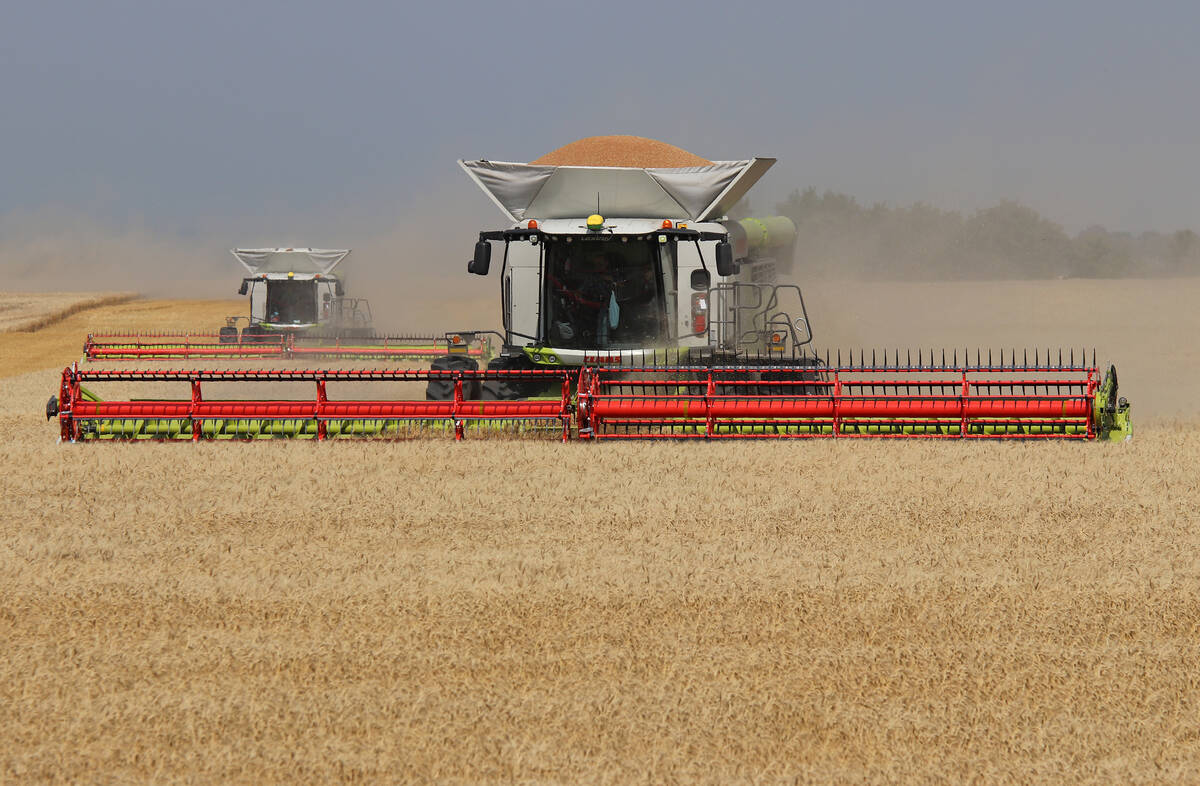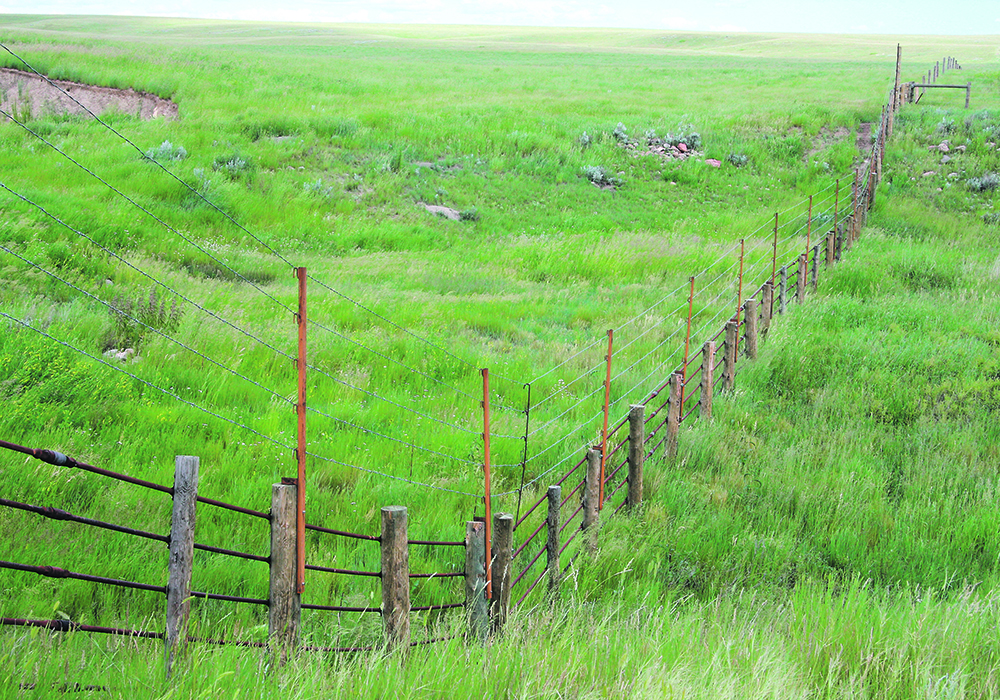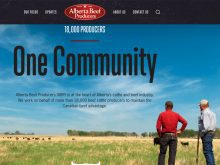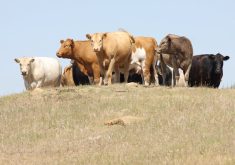Canadian Cattle Association says Ottawa appears open to a program that would pay producers to maintain grasslands
BRANDON — The Canadian Cattle Association has been getting a “warm” reception from the federal government as it proposes a new strategy to preserve the country’s grasslands, says vice-president Tyler Fulton.
Last fall, the CCA, Ducks Unlimited and the Nature Conservancy of Canada (NCC)developed an idea called the Grasslands Conservation Initiative.
The basic concept is that the federal government and conservation groups would pay livestock producers to maintain grasslands on their farm.
“We (the CCA) have met with both Environment and Climate Change Canada and Agriculture and Agri-Food Canada, and they are both very warm to it,” said Fulton, who raises cattle near Birtle, Man., during the Manitoba Beef Producers annual meeting in Brandon earlier this month
Read Also

China’s grain imports have slumped big-time
China purchased just over 20 million tonnes of wheat, corn, barley and sorghum last year, that is well below the 60 million tonnes purchased in 2021-22.
The CCA and the NCC estimate that the country is losing about 150,000 acres of grassland per year from pasture converted to cropland or swallowed up by urban expansion.
The CCA says it would require $175 million in financial incentives, annually, to slow or stop that conversion.
A direct payment to farmers for maintaining grasslands is a relatively new concept in Canada, but it’s a common practice in the United States.
The U.S. Department of Agriculture operates the Grasslands Conservation Reserve Program. Last year it accepted 2.7 million acres into the program.
“Grassland CRP helps landowners and operators protect grassland, including rangeland and pastureland and certain other lands, while maintaining the areas as grazing lands,” the USDA says.
“Contract duration is 10 or 15 years.”
The Grassland CRP is part of the larger Conservation Reserve Program in the U.S.
In 2023 the USDA issued US$1.77 billion in CRP payments to landowners, and the proposed Grasslands Conservation Initiative in Canada would be a fraction of the American program.
A financial incentive to maintain grasslands may be needed in Canada because strong grain prices and government mandates have convinced farmers to convert pastures to cropland.
When canola is priced at $18 per bushel, it makes economic sense to move marginal land into crop production. Plus, provinces and the feds have developed mandates around the use of renewable diesel and sustainable aviation fuel, which further boosts demand for oilseed crops such as canola.
“If you did nothing (comparable) on the grassland side, the economic incentive would be to till up more ground, for example, (producing) biofuels,” Fulton said.
“If the government and society values the biodiversity and habitat that grasslands provide, then you’re going have to figure out a way (an incentive) … to keep it.”
Federal government interest in a grassland payments program could be connected to the CCA’s partners in this project — Ducks Unlimited and the NCC.
“If the conservation groups are in and see this as a viable program … that brings credibility,” Fulton said.
“The concept really marries conservation group desires and goals with the Canadian cattle industry goal to maintain those grasslands.”
The details of the Grasslands Conservation Initiative are still being discussed, but one possible model is an agreement between a producer and a conservation group for a certain time period.
Once that contract is signed and validated, the federal government would provide its share of the annual payment.
Talks are still in the early stages, but in an ideal world, the CCA would like to administer the Grasslands Conservation program.
“We made a pre-budget submission (to the feds) that lays out in a broad way the framework of how it would work,” Fulton said
In the meantime, coffee shop rumours and online chatter have suggested that environmental groups will be buying grasslands from farmers and taking ownership of the land.
That is not the case, Fulton said.
Farmers who participate will maintain ownership.
“I want to make it clear that this does not feed dollars (toward) conservation groups to buy ranchland themselves. That is the exact opposite of the goal that the CCA has.”
At the Manitoba Beef Producers meeting in Brandon, Mike Duguid, a producer from the Interlake region, asked if the CCA has discussed the grasslands idea with provincial governments.
“If you go to the feds and have three provinces support it, you may have more credibility for funding,” he said.
The CCA has not spoken with provincial leaders or agriculture departments, but that may happen soon because the Grasslands Conservation Initiative is a major priority for the national organization.
“(It’s) top three,” Fulton said.
“It would represent that single, largest investment into the beef industry that we’ve ever seen … $175 million budget per year, for five years, that’s the plan.”
















